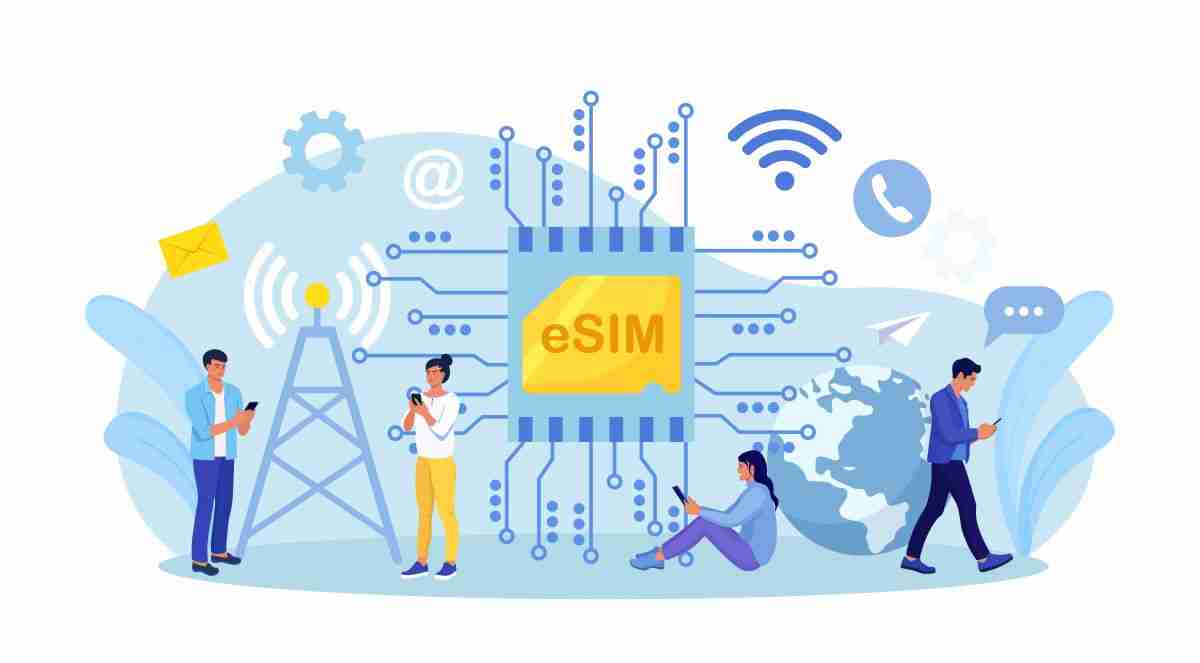Google and Samsung are pioneering efforts to make the adoption of digital eSIM technology more accessible to users, this move marks a gradual shift away from traditional SIM cards, as eSIMs gain increasing momentum.

Samsung had previously introduced a feature within its One UI 5.1 that allowed the transfer of eSIMs, although this was limited to Galaxy devices.
However, recent developments indicate that Google has expanded the adoption, allowing users to transfer eSIMs between different Android devices.
This step aligns with Google’s promise made at the Mobile World Congress (MWC) 2023 to introduce a new tool for transferring eSIMs on Android.
This tool is designed to enable users to move their mobile plans to new devices quickly and securely, eliminating the need for physical SIM cards.
Although Google has remained silent about the specifics and launch date of this feature, its practical implementation was first noticed during the setup of the Pixel 8, where users could transfer the eSIM from an old Pixel device to the new Pixel 8.

Some believed this feature might be exclusive to Google devices, but this isn’t the case. A user was able to use Samsung’s SIM card transfer tool during the setup of a Galaxy S24 Ultra.
Additionally, a pop-up window appeared on a nearby LG V60 ThinQ, prompting the transfer of the SIM card to the Galaxy S24 Ultra via a QR code scan.
Carrier support for eSIMs remains limited at present, but this development is a significant milestone in Android’s ability to manage eSIMs. It offers users the flexibility and convenience of managing their mobile plans across different devices.
Traditionally, transferring eSIMs between devices has been somewhat challenging, often requiring assistance from mobile network operators or new SIM cards.
The recent development indicates broader compatibility for the Android eSIM transfer feature across brands and models in the future.
eSIM technology in devices offers potential security benefits and, while the complete replacement of traditional SIM cards with eSIMs may not happen immediately, the transition is becoming increasingly imminent.

